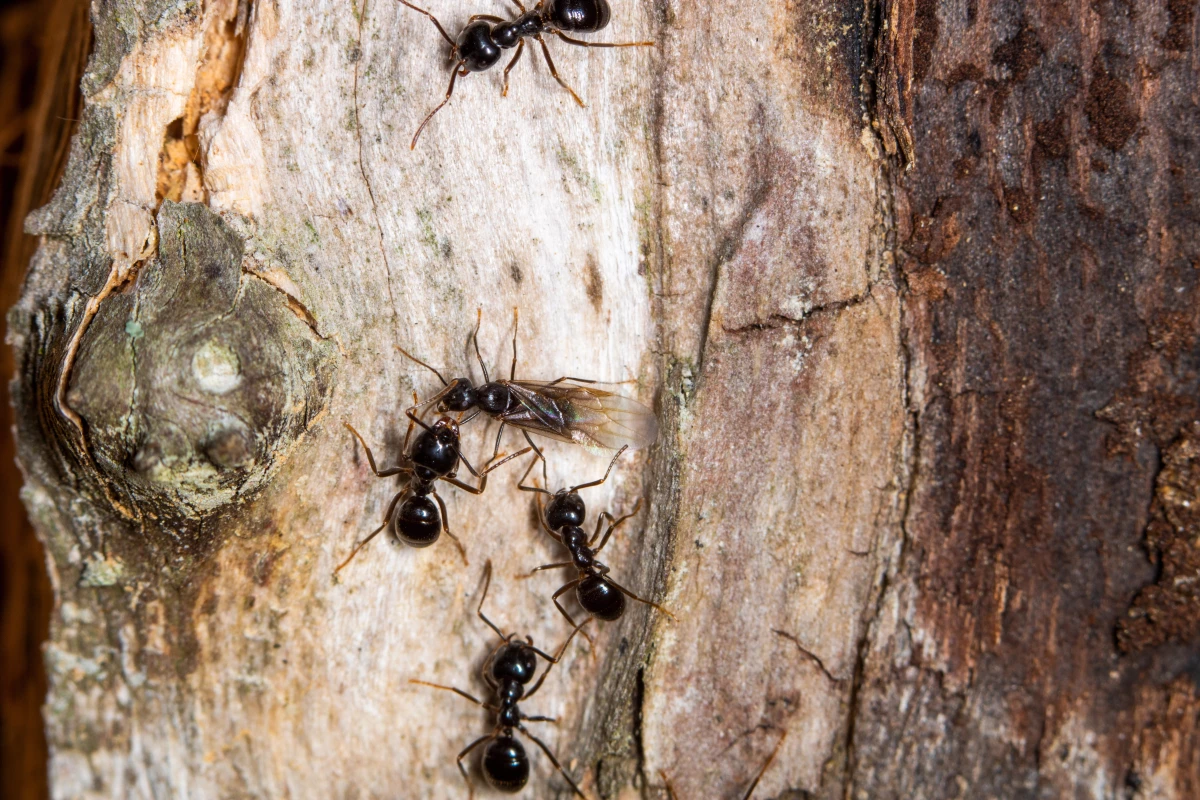Following the outbreak of the COVID-19 pandemic, the world responded with public health measures, including nationwide lockdowns, social distancing measures, and travel restrictions. The idea was that we needed to avoid close contact to reduce the transmission of the virus. But it appears that humans aren’t the only ones to modify their spatial environment to mitigate epidemic risk.
A new study published in the journal Science reveals black garden ants (Lasius niger) modify their nest architecture to slow an outbreak – an insect version of social distancing built into the walls.
The lead author, Luke Leckie from the University of Bristol, explains that ants are known to change their digging behavior depending on soil temperature and composition. However, according to Leckie, "This is the first time a non-human animal has been shown to modify the structure of its environment to reduce the transmission of disease."
In animal groups, especially eusocial insects like ants, the close social contact network favors the spread of infectious pathogens. Since ant nests are known for their high degree of complexity, having specialized chambers for food, brood, and tunnels for waste disposal, researchers hypothesized that their underground network could effectively isolate potential infectious sources.
To investigate the hypothesis, Leckie and his colleagues used an advanced 3D scanning technique, micro-CT, to observe two groups of 180 black garden ants excavate nests in soil-filled containers. After 24 hours, the team added 20 ants to each container, with one group exposed to fungal spores of Metarhizium brunneum. Over the next six days, the scientists periodically scanned each nest to capture a 3D blueprint of every tunnel, entrance, and room.
By using the 3D models, the team revealed that ants exposed to fungal spores made increased layout modifications. Entrances ended up, on average, about 6 mm farther from one another. This increased spacing between the entrance area meant fewer crowding points at the surface.
The exposed colonies also constructed chambers with longer and winding routes in less central locations. Ants even dug multiple tunnels, likely alternative routes of transport to avoid contact. The study also recorded the increased surface activity from the pathogen-exposed workers, which likely reflects self-isolation and social distancing.
Researchers then used spatial network analysis and simulations of the spread of disease based on 3D models. The analysis showed that the redesigned nests successfully reduced the risk of individuals being exposed to the infection.
"One of our most surprising findings was that when we included ants’ self-isolating in the simulations, the effect of the self-isolation on reducing disease transmission was even stronger in germ-exposed nests than control nests," says Luke.
The study was published in the journal Science.
Source: University of Bristol





